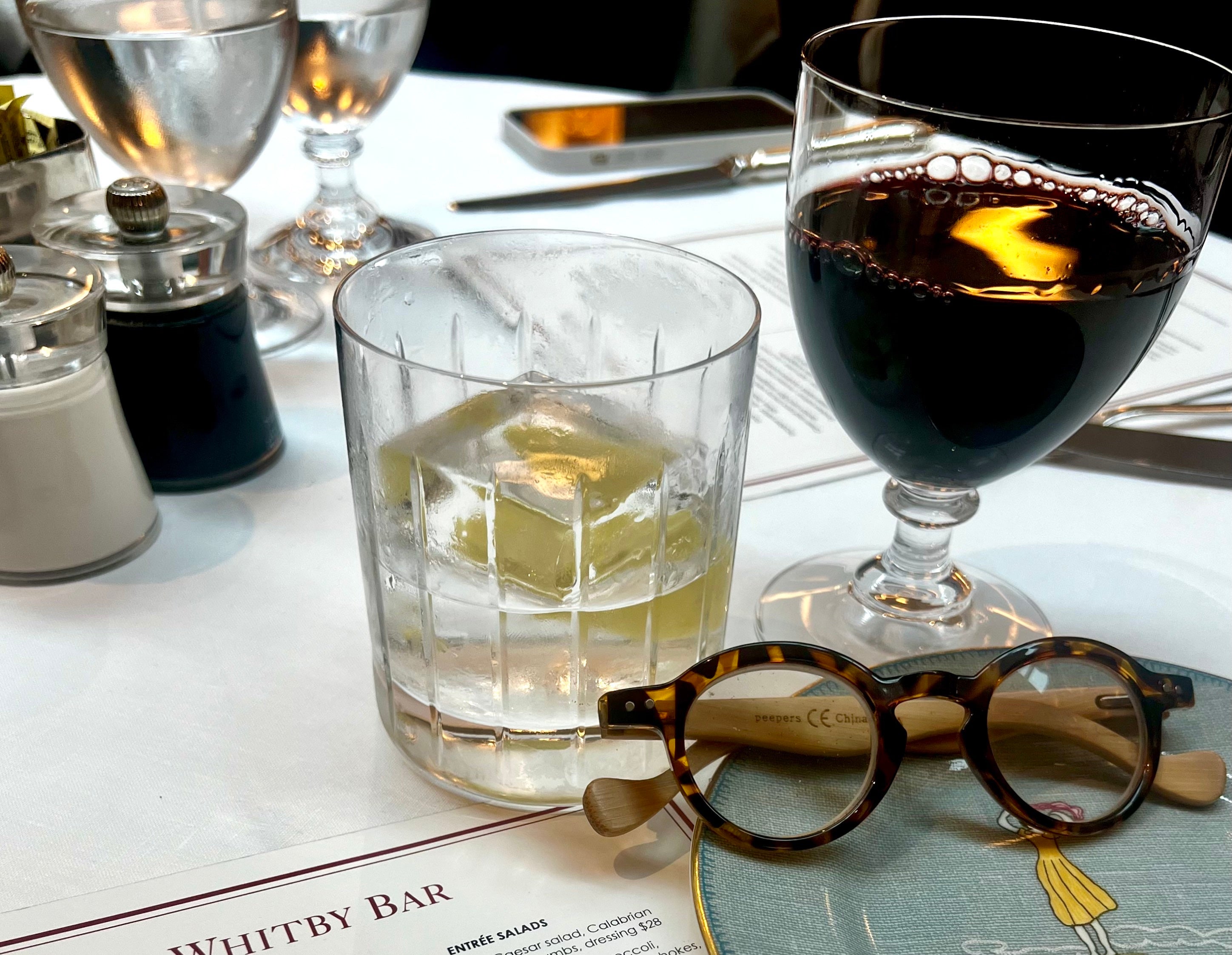Food & Recipes, Kitchen Hacks
How to pick olive oil – read the labels!
Want a great olive oil? Here are 6 tips for reading labels and looking for signs.
I went to dinner at one of my favorite Italian restaurants in Beverly Hills with a group of friends. My history buff friend was there. I told you that he’s never without some interesting anecdote or interesting factoid. He calls it an occupational hazard of being a university professor.
Well, this time we were commenting on the olive oil that the chef used; a stand-out flavor that made my Braciole di Manzo (beef rolls with prosciutto and tomato sauce) scream out amo l’italiano! (I love Italian!) In a break in the conversation, our history buff told us that the reason we use olive branches as a sign of peace is that it takes several years to grow an olive tree mature enough to produce olives. During war, ancient armies went straight to the olive tree groves and burned them down.
It takes years to produce a good crop and decades to form a legacy of taste. That’s why good chefs do not fiddle with cheap olive oil. It just doesn’t happen.
I love olive oil. It’s great to cook with – sautés, sauces, salads, even just for dipping great bread – not just for Italian food, but for almost any dish you can imagine where you want to add that wonderful and timeless flavor. And like many of my friends who are chefs, I am a little picky when it comes to selecting my bottle of olive oil.
There are big differences in brands, and it’s actually easy to tell which ones are better – if you know what to look for! And just like wine, you just need to know how to read the label:
- ‘Extra Virgin’ is the highest quality given to olive oil – it means it’s unrefined, free of chemicals and other ‘defects’ like rancidity and never treated with heat. There’s still quality variations within ‘extra virgin’ but it’s the best way for an overall guarantee of purity.
- My recommendation, if true flavor is what you want, then stay away from any bottles of olive oil that say “light.” Oil is always 100% fat – it can NEVER be “light.” What the label really means is that the oil has been distilled and treated in such a way that strips away the true odor and color of olive oil. If all you need for your recipe is a common cooking oil, then buy an inexpensive neutral oil like peanut or grapeseed.
- If the bottle is inexpensive and still labeled ‘Product of Italy’ then there’s a pretty good chance that the olives weren’t grown or pressed in Italy. The label may mean that’s where the product was placed in the bottle – which is a whole other thing, right? They can still claim it’s a ‘product of Italy’ if it was only bottled there. So, the oil could come from just about anywhere. Look carefully on the back of the label for “IT” (Italy) or “GR” (Greece) or “SP” (Spain) as the source of the olives. If you can, buy one that comes from one farm or collective but at the very least from one country.
- Not all great olive oil comes from Italy. Some of it comes from California. One hint: if the oil comes from somewhere that also produces good wine, then there’s a good possibility they have great olive oil too!
- Let’s end an old fable right now: just because the olive oil is darker and greener doesn’t mean it’s a higher quality oil. Some very high quality olive oil is light yellow. So, color doesn’t really matter. Like wine, good olive oil has a great aroma and taste. It all depends on what you like personally.
- One thing that is not a fable: good olive oil never come in a clear plastic or clear glass bottle. Ever. The ‘good stuff’ usually comes in an opaque or dark glass, or metal. The reason is that good olive oil goes bad fairly quickly. Exposure to light and heat speeds up that process.
One last point, good olive oil doesn’t HAVE to be used with Italian food. Find a flavor you like for the dish you want to prepare – could be continental, Americano, or even Asian – and love it!
























